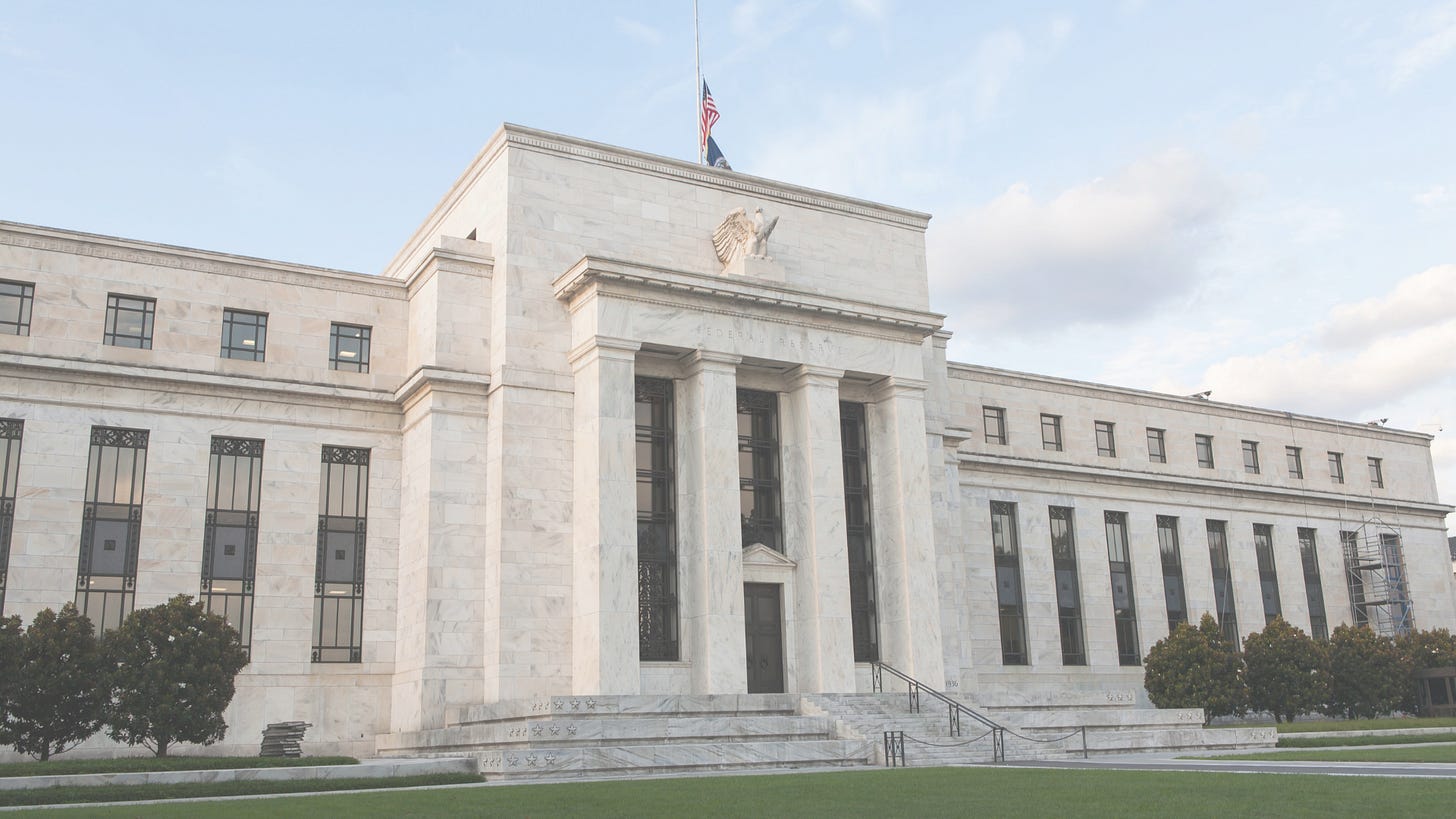The top five climate risk stories this week
1) Green capital adjustments lack supporting data — NGFS

There is scant evidence to justify “green supporting” or “brown penalizing” factors to bank capital requirements, the Network for Greening the Financial System (NGFS) says.
The club of climate-focused central banks and supervisors released a report on Thursday summing up the financial industry’s efforts to find risk differentials between green and carbon-intensive assets. If such differentials are found, they could be used to justify an overhaul of the bank regulatory framework that would raise capital requirements for polluting assets and lower them for climate-friendly ones.
However, the NGFS report says that there is “still limited empirical evidence of ex-post risk differentials,” and that financial institutions are embracing other methodologies for identifying climate-related risks — in particular, forward-looking methodologies. Almost two-thirds of the 97 financial institutions surveyed by the NGFS for the report already have, or plan to introduce, climate stress tests, scenario analyses, or sensitivity analyses to gauge risks to green and non-green assets.
NGFS Chair Ravi Menon said the report shows “a decisive shift from applying a ‘greenness’ lens at the activity or asset level in a backward-looking manner to assessing vulnerabilities at the counterparty level in a forward-looking manner.”
Still, more than half of the institutions surveyed by the NGFS plan to implement, or have already implemented, methods to classify their assets “according to green factors.” Thirty-four institutions say they use, or plan to use, the European Union’s sustainable taxonomy as a classification method, while 71% have developed, or plan to develop, an internal classification “for determining the greenness or non-greenness of financial assets.”
In the wake of its analysis, the NGFS recommended three actions supervisors could take to “improve the resilience” of financial institutions to climate risks. First, enhance their understanding of potential risk differentials as uncovered through climate scenario analysis and stress testing. Second, consider drafting expectations for firms on including counterparties’ transition plans in their own risk analyses. And third, learn more about the impact of climate risks on credit ratings and internal credit risk models at banks and other firms.
Also on Thursday, the NGFS published a note on how credit rating agencies integrate climate risks into their assessments of companies’ creditworthiness. It says that rating agencies are not transparent about how they factor in climate risk factors or how these factors affect the final ratings they publish.
2) Climate investor initiative failing to deliver — report

The world’s largest investor initiative on climate change has little to show for its first five years and “must set a higher bar” for engagement with carbon-intensive companies, UK-based nonprofit ShareAction says.
Climate Action 100+ (CA100+) boasts 700 investor members with total assets of $68 trillion. Its objective is to push the world’s largest carbon-intensive companies to take action on climate change through investor engagements. However, on Thursday ShareAction published an analysis revealing that 49 of the 60 largest investor members do not specify objectives for their climate engagements with portfolio companies, or spell out how they would escalate any unsuccessful engagements. The nonprofit also found that just 10 report on the progress of their engagements.
As for the carbon-intensive companies targeted by the CA100+ for engagement, ShareAction found that not one has aligned its capital expenditure with a 1.5°C warming target or incorporated climate risks in their financial statements.
“CA100+ is the investor initiative on climate change many were waiting for. It has the scale and focus required to make a meaningful impact on global carbon emissions. But success depends on action and real effort by all signatory investors, and so far, not all are stepping up,” said Catherine Howarth, Chief Executive of ShareAction.
In order to drive meaningful change across investees, ShareAction says CA100+ should strengthen the requirements of investor signatories by setting minimum transparency rules for their climate change policies and minimum escalation expectations for when engagements fail. It also recommended the initiative establish clear guidance for target companies.
“To avoid the risk of greenwashing, transparency is critical. Clear reporting on engagement objectives, outcomes and escalation activities is essential for stakeholders to monitor progress on climate action and hold both companies and investors to account when their actions fall short,” said Isobel Mitchell, Research and Engagement Manager at ShareAction.
3) Fed has “narrow” role in climate transition, says nominee Barr

Michael Barr, President Biden’s latest nominee to serve as the Federal Reserve’s top bank regulator, told lawmakers the central bank’s authorities to drive the low carbon transition are “limited [and] narrow.”
Barr was responding to Senator Pat Toomey (R-PA) at a Senate Banking Committee hearing on Thursday. “I think the Federal Reserve is not able to allocate credit, [and] should not be in the business of telling financial institutions to lend to a particular sector or not to lend to a particular sector,” Barr added.
Asked about the Fed’s work to conduct climate-related scenario analysis of the US financial system, Barr said its “only purpose” should be to “understand risks that climate might pose to the financial system and to work with financial institutions on measures to manage those risks.”
Barr is Biden’s second choice for the role of Fed Vice Chair for Supervision. The President previously nominated Sarah Bloom Raskin, a former Deputy Treasury Secretary and Governor of the Reserve Board, who spoke openly of the need for US watchdogs to clamp down on climate risks and use their authority to incentivize the transition to a low-carbon economy. Raskin withdrew from consideration in the wake of senators’ hostility to these views.
Barr is currently the dean of the Gerald R. Ford School of Public Policy and a law professor. He previously served in the Obama administration as the Treasury’s assistant secretary for financial institutions, where he helped develop legislation regulating Wall Street.
4) Most insurers lack “climate resiliency” — report

Less than 1 in 10 insurers are on course to achieve “climate resiliency”, according to a survey by consulting firm Capgemini.
Published Thursday, the survey shows that just 8% of 270 insurers polled have the “advanced data analysis capabilities, risk-prevention focus, and sustainability-promoting underwriting and investments” to qualify as “resilience champions.”
However, it also found that 52% of insurers at least have “awareness” of climate resilience issues. Capgemini scored the maturity of firms’ in-house climate programs based on their progress on initiatives including green and sustainable underwriting, the embedding of climate risk data in their operations, and carbon footprint tracking and risk mitigation.
Of the “resilience champions”, Capgemini found that 59% restrict underwriting to climate-harming activities, and 64% restrict investments in unsustainable companies, compared with industry averages of 27% and 36%, respectively. The firm also says “resilience champions” are pioneers when it comes to using new data sources to tackle climate risks — like satellite data, remote sensors, weather stations, and ESG models.
Capgemini says that for the insurance industry to achieve climate resiliency, more firms have to “revisit their own business models and balance risk prevention with risk management.” This involves establishing in-house frameworks to scale up required climate capabilities.
5) Disorderly transition could crimp low-carbon investment

A delayed, disorderly climate transition will limit firms’ ability to invest in low-carbon activities and slow efforts to abate greenhouse gas (GHG) emissions, a study by the European Central Bank (ECB) shows.
How companies choose to allocate capital to support the low-carbon transition is influenced by the financing conditions of banks. In a working paper published Friday, economists and ECB staff assessed how different climate scenarios may affect these financing conditions and affect the realization of certain climate outcomes.
The paper concludes that in disorderly scenarios — where climate policies are assumed to be delayed until after 2030 and to cost more — GDP slows and the price of carbon rises faster than under orderly scenarios, contributing to a deterioration in financing conditions. Disorderly scenarios also project higher interest rates on debt, which could undermine financial stability. The authors say these factors could cause banks to restrict credit and investments in low-carbon energy technologies. This in turn could crystalize carbon stranded asset risks, “with negative implications on economic and financial stability.”
In contrast, under orderly scenarios “important co-benefits” are projected, in terms of GDP growth, GHG emissions abatement, and better financing conditions.
The authors conclude that banks’ climate risk assessments and non-financial companies’ decisions to invest in high- or low-carbon activities “are tightly connected to the patterns of the low-carbon transition trajectories.” They also make the case that financial supervisors, central banks, and regulators “embed endogenous macro-financial feedback loops, and firms’ expectations, in their climate stress tests exercises.”

